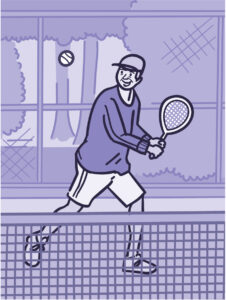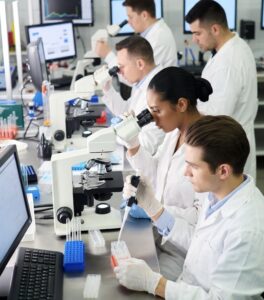| Assumptions |
Strengths |
Limitations |
Applications |
| Family Systems Theory |
- A change in any one part of a family system affects all other parts of the family system (circular causality).
- Family systems are characterized by periods of rapid growth and change and periods of relative stability.
- Both too little change and too much change are dysfunctional for the family system; therefore, a balance between morphogenesis (change) and morphostasis (no change) is necessary.
- Family systems can initiate change, as well as react to it.
|
- Applicable for family in normal everyday life, as well as for family dysfunction and pathology.
- Useful for families of varying structure and various stages of life cycle.
|
- More difficult to determine cause-and-effect relationships because of circular causality.
|
- Mate selection, courtship processes, family communication, boundary maintenance, power and control within family, parent-child relationships, adolescent pregnancy, and parenthood.
|
| Family Stress Theory |
- Stress is an inevitable part of family life, and any event, even if positive, can be stressful for the family.
- Family encounters both normative expected stressors and unexpected situational stressors over life cycle.
- Stress has a cumulative effect on family.
- Families cope with and respond to stressors with a wide range of responses and effectiveness.
|
- Potential to explain and predict family behavior in response to stressors and to develop effective interventions to promote family adaptation.
- Focuses on positive contribution of resources, coping, and social support to adaptive outcomes.
- Can be used by many disciplines in health field.
|
- Relationships between all variables in framework not yet adequately described. Not yet known if certain combinations of resources and coping strategies are applicable to all stressful events.
|
- Transition to parenthood and other normative transitions, single-parent families, families experiencing work-related stressors (dual-earner family, unemployment), acute or chronic childhood illness or disability, infertility, death of a child, divorce, and adolescent pregnancy and parenthood.
|
| Developmental Theory |
|
|
|
- Families develop and change over time in similar and consistent ways.
- Family and its members must perform certain time-specific tasks set by themselves and by people in the broader society.
- Family role performance at one stage of family life cycle influences family’s behavioral options at next stage.
- Family tends to be in stage of disequilibrium when entering a new life cycle stage and strives toward homeostasis within stages.
|
- Provides a dynamic, rather than static, view of family.
- Addresses both changes within family and changes in family as a social system over its life history.
- Anticipates potential stressors that normally accompany transitions to various stages and when problems may peak because of lack of resources.
|
- Traditional model more easily applied to two-parent families with children.
- Use of age of oldest child and marital duration as marker of stage transition sometimes problematic (e.g., in stepfamilies, single-parent families).
|
- Anticipatory guidance, educational strategies, and developing or strengthening family resources for management of transition to parenthood; family adjustment to children entering school, becoming adolescents, leaving home; management of “empty nest” years and retirement.
|




